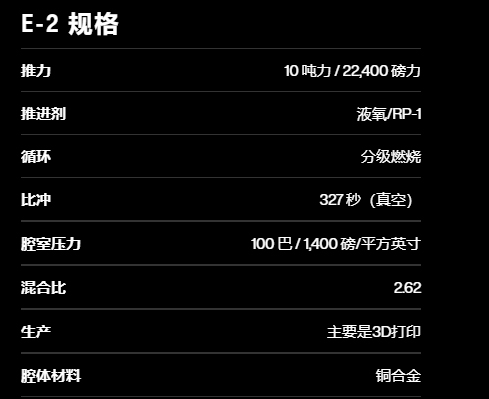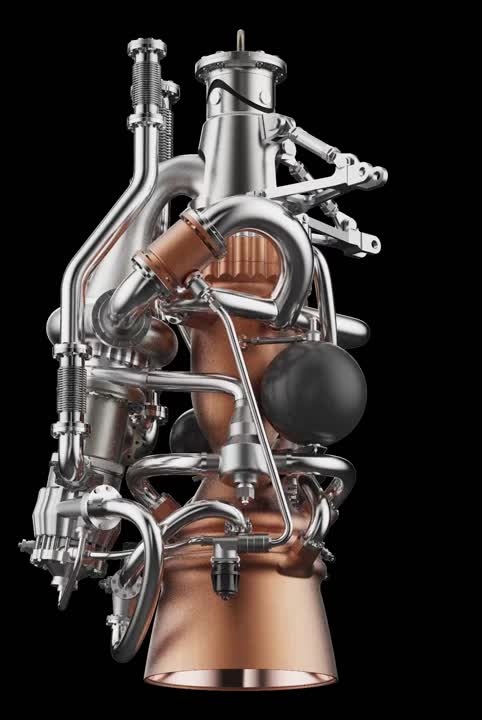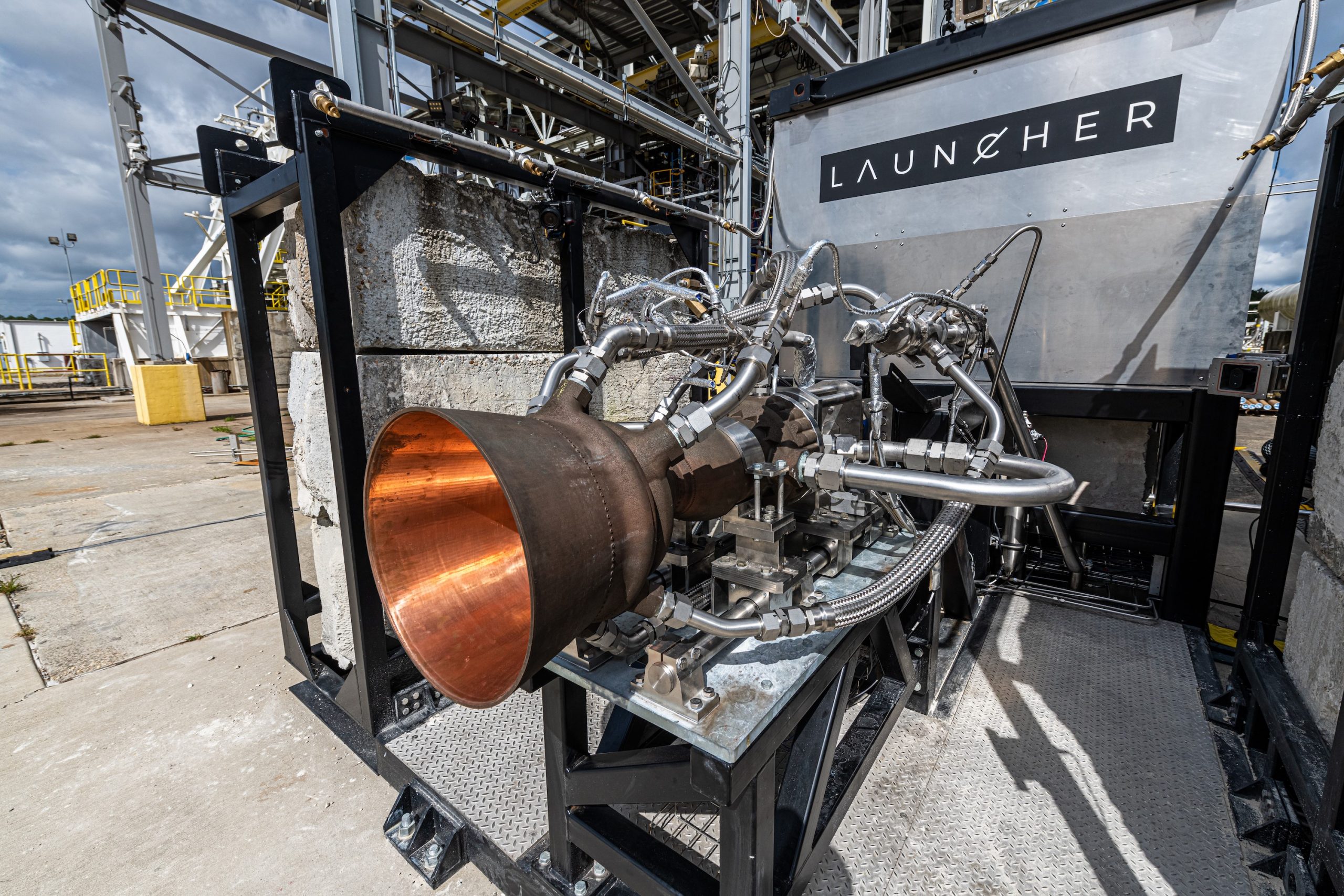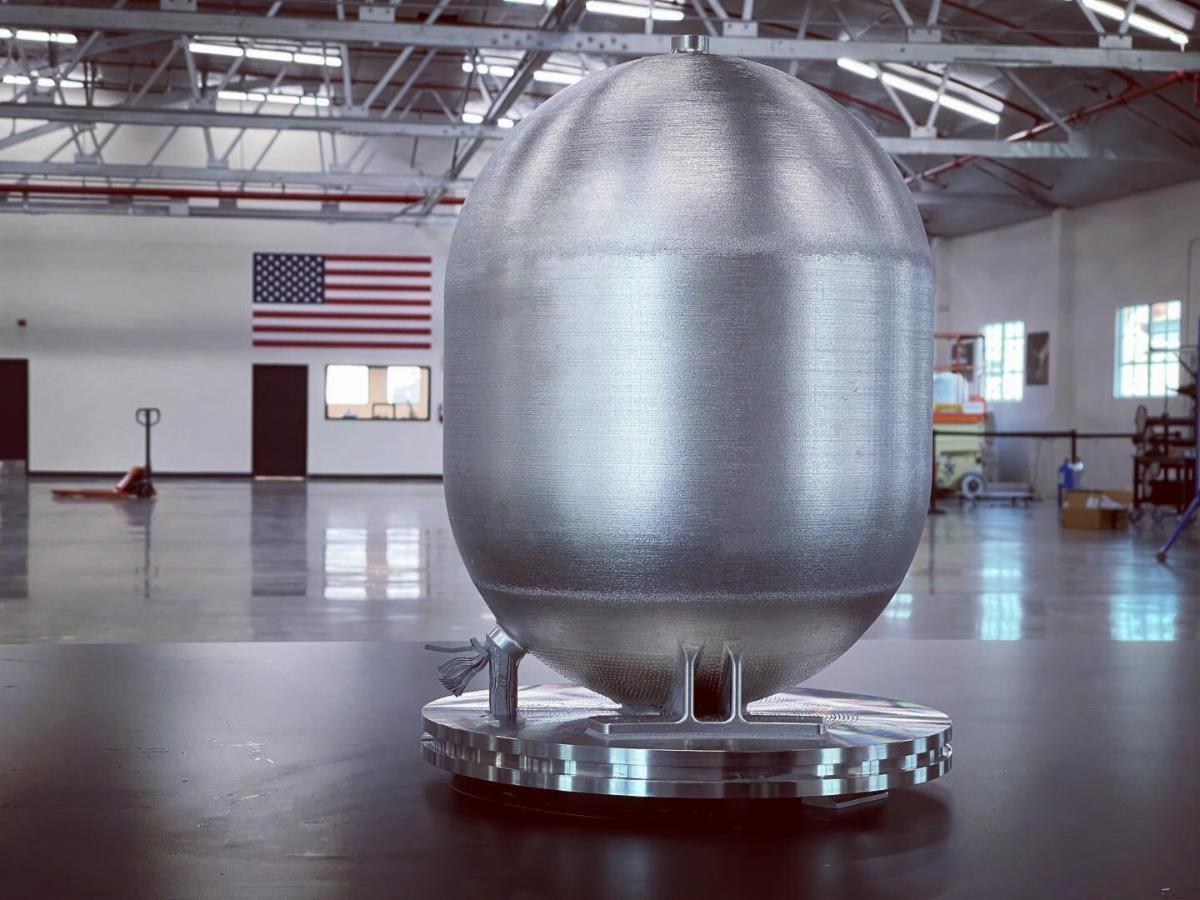April 21, 2022 Relativity at NASA Stennisaerospacecenter, first-to-use3D printingTech developed the E-2 rocket engine for thrust testing. This test plays a vital role in future development. At the same time, it demonstrated a thrust of approximately 22,046 ft-lbs (approximately 10 metric tons) using LOX/kerosene at 100 bar combustion pressure.
Launcher was founded in 2017 with the goal of creating efficient, optimal cost rockets capable of sending small satellites into space. After receiving a $1.5 million space military contract in 2019, it began developing 3D printed parts to upgrade the performance of the E-2 engine.
The company is already working on a 3D printed rocket engine project
financing
about $1 billion. At present, although it is still a long way from the actual orbital space, the success of this test marks that its launch vehicle has taken a big step. 3D printed lightweight launchers are small and efficient, enabling low-cost entry into orbit and fast turnaround times.


The E-2 engine is designed as a closed-cycle segmented combustion engine, using a single engine to power the first stage, enabling a small, low-cost rocket to carry a relatively large amount of payload.
The tests met their stated goals perfectly and “without the parts melting due to high heat,” says founder and CEO Max Haot. This can also be said to be one of the technical advantages, with a total of four tests of about 10 seconds running, the engine is still in “perfect condition” enough to show the potential for reusability.

The combustion chamber is entirely 3D printed from a copper alloy, rather than being milled or cast as is traditional.Currently, Launcher is working with AMCM to manufacture the parts on M4K printers, the injector parts are made of unsupported technology
VELO3D
Sapphire print.

As for reuse, the company claims that their Launcher Light rocket launcher will be reusable, Haot said. “The current task, however, is to demonstrate that our rocket can deliver a payload of 150 kilograms into orbit.”
2022 is an important development year for Launcher, with plans to complete structures such as the fairing by the end of the year. At the same time, another large-scale project, Orbiter, is also in progress, and it is expected to take the Falcon 9 to space for on-orbit testing in October this year.
(responsible editor: admin)


0 Comments for “Launcher achieves full thrust in latest 3D printed E-2 rocket engine test”